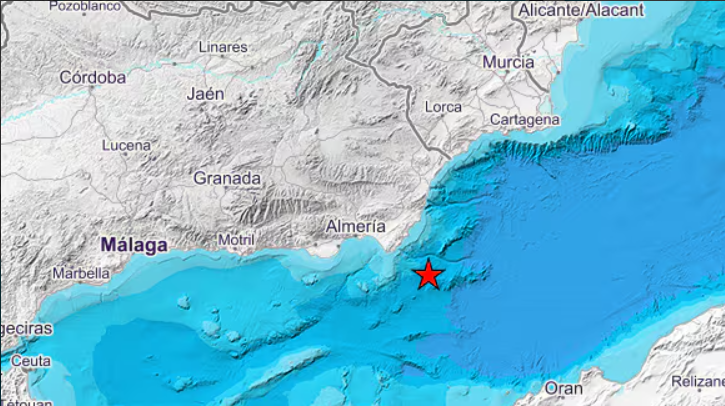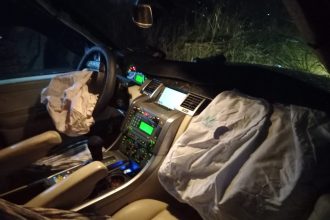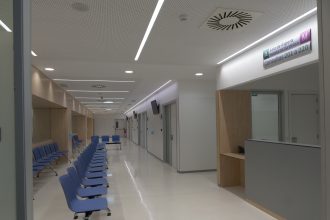
Spain earthquake: Experts warn of aftershocks and reveal ‘significant damage’ was narrowly avoided – as tsunami alerts deactivated
Residents in southern Spain have been told to be on alert for aftershocks following the 5.5 magnitude earthquake on Monday morning.
It comes as a
Laurence Dollimore has been covering news in Spain for almost a decade. The London-born expat is NCTJ-trained and has a Gold Star Diploma in Multimedia Journalism from the prestigious News Associates. Laurence has reported from Spain for some of the UK's biggest titles, including MailOnline, The Telegraph, Daily Mail, Mail on Sunday, The Sun and the Sun Online. He also has a Master's Degree in International Relations from Queen Mary University London.
Leave a Comment







